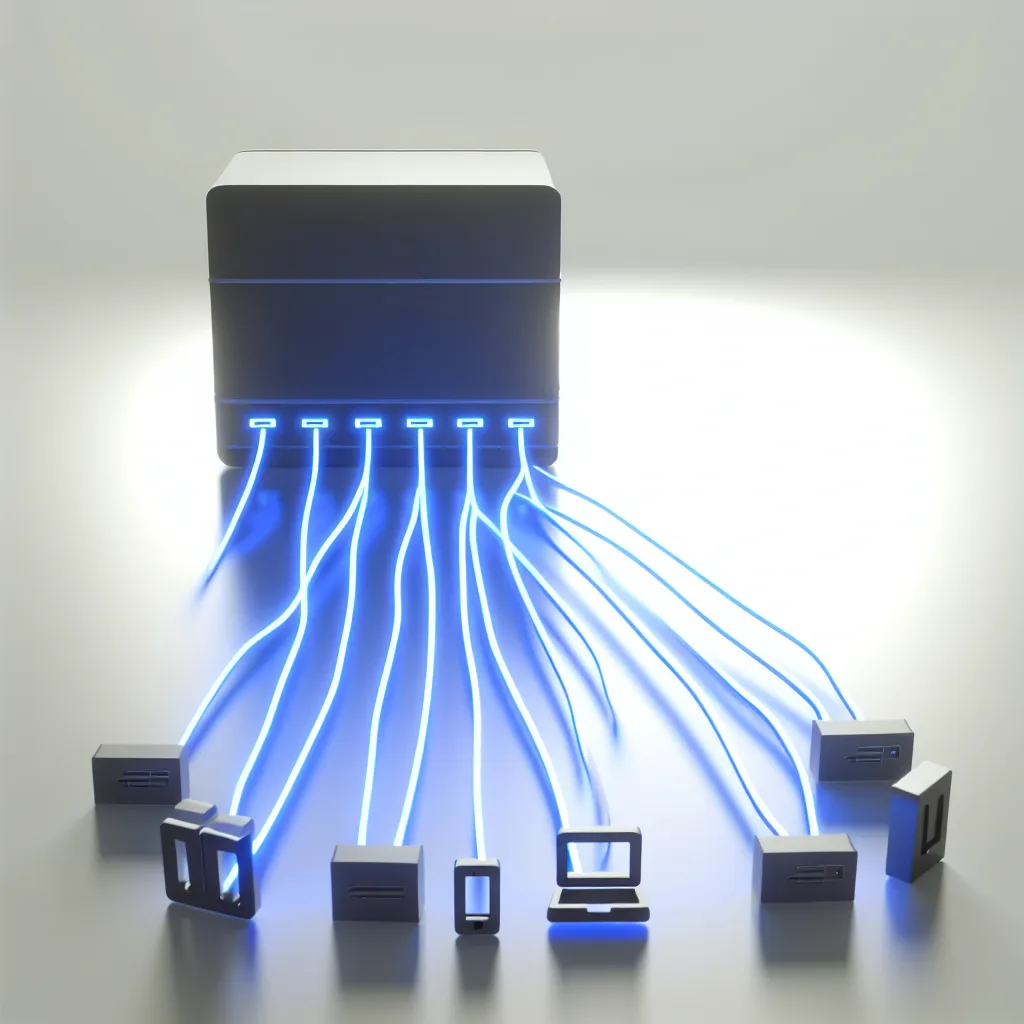Let’s break down the specs to find the perfect, power-efficient box for your new firewall without the confusing jargon.
So, you’ve decided to level up your home network. You’re tired of the limitations of your ISP-provided router and you’ve heard whispers of something better, something more powerful and secure. That journey has likely led you to OPNsense, a fantastic open-source firewall, and now you’re asking the big question: what OPNsense hardware do I actually need to run it?
I get it. The world of mini PCs, CPUs, and network ports can be overwhelming. You want to create separate, secure networks (VLANs) for your IoT gadgets, run a VPN, and maybe even block ads for your whole network. The good news is, getting started is easier and more affordable than you might think. Let’s walk through how to choose the perfect hardware for your new firewall without breaking the bank.
Why Bother with a Custom Firewall Anyway?
Before we dive into the specs, let’s quickly touch on why you’d want to do this. A dedicated firewall like OPNsense gives you control that your standard router just can’t match. You can:
- Isolate Devices: Use VLANs to put your smart speakers, cameras, and other IoT devices on a separate network, preventing them from accessing your personal computers.
- Enhance Security: Implement powerful Intrusion Detection and Prevention Systems (IDS/IPS) to monitor and block malicious traffic.
- Create a VPN: Securely access your home network from anywhere in the world.
- Block Ads Network-Wide: Run plugins like Pi-hole directly on your firewall to remove ads on every device.
It’s the ultimate upgrade for anyone who takes their home network security seriously.
Choosing Your OPNsense Hardware: The Core Components
Finding the right box for OPNsense boils down to a few key decisions. As of late 2025, the market is filled with fantastic, power-efficient options that are perfect for the job.
CPU: Is the Intel N100 Powerful Enough?
This is the most common question, and for good reason. You’ll see a lot of mini PCs built for firewalls using Intel’s N-series chips, most often the N100 or the slightly beefier N305. For the vast majority of home users, the Intel N100 is more than powerful enough.
This little chip is a modern marvel of efficiency. It can easily handle gigabit internet speeds, run an IDS/IPS, manage several VLANs, and handle a VPN client without breaking a sweat. You’ll only need to consider upgrading to an N305 if you have a multi-gigabit internet connection (over 2.5Gbps) and plan on running very heavy traffic through your VPN simultaneously. For most, the N100 is the perfect, power-sipping sweet spot. For more in-depth reviews on these types of processors, sites like ServeTheHome are a fantastic resource.
RAM: Is 8GB Enough?
Yes. For a dedicated OPNsense machine, 8GB of DDR4 or DDR5 RAM is plenty. The underlying operating system, FreeBSD, is incredibly efficient. You’d only need to upgrade to 16GB or more if you planned on running very memory-intensive services like a full web proxy with heavy caching, which is uncommon for a home setup. Stick with 8GB and save your money.
Key Network Ports for Your OPNsense Hardware
This is non-negotiable: you need at least two network ports. One for the “WAN” (the connection from your modem) and one for your “LAN” (the connection to your internal network switch).
Today, the standard to aim for is 2.5GbE ports. This future-proofs your setup as faster internet plans become more common. Many purpose-built boxes also come with SFP+ 10G ports. While you might not need 10G speeds today, it’s an amazing bonus for connecting to a high-speed server or switch down the line.
The Big Wi-Fi Question: Integrated or Separate?
Many people wonder if they should get a firewall box with a Wi-Fi card built-in. My advice is simple: don’t.
Firewall software like OPNsense is designed to be a world-class router and firewall, not a wireless access point. While you can make it work, it’s often complicated and the performance is rarely as good as a dedicated device.
The best practice is to let your OPNsense box handle the routing and security, and connect it to a dedicated Wireless Access Point (AP) for your Wi-Fi. Companies like TP-Link and Ubiquiti make excellent, affordable APs that will give you far better speed, coverage, and reliability. This modular approach is the key to a stable and high-performance network.
So, What Should You Buy?
You’ll generally find two categories of hardware: cheap, general-purpose mini PCs and firewall appliances specifically designed for this task.
While a generic mini PC from Amazon might seem tempting due to its low price, be cautious. They often come with only one network port, unreliable components, and potential driver headaches.
For a hassle-free experience, I strongly recommend a purpose-built firewall appliance from a brand like CWWK, Protectli, or Qotom. These are compact, fanless, and come equipped with multiple high-quality Intel network ports. A model with an Intel N100 CPU, 8GB of RAM, and at least two 2.5GbE ports is the perfect starting point for building a powerful and secure home network that will last for years. It’s a small investment that pays huge dividends in control, security, and peace of mind.
